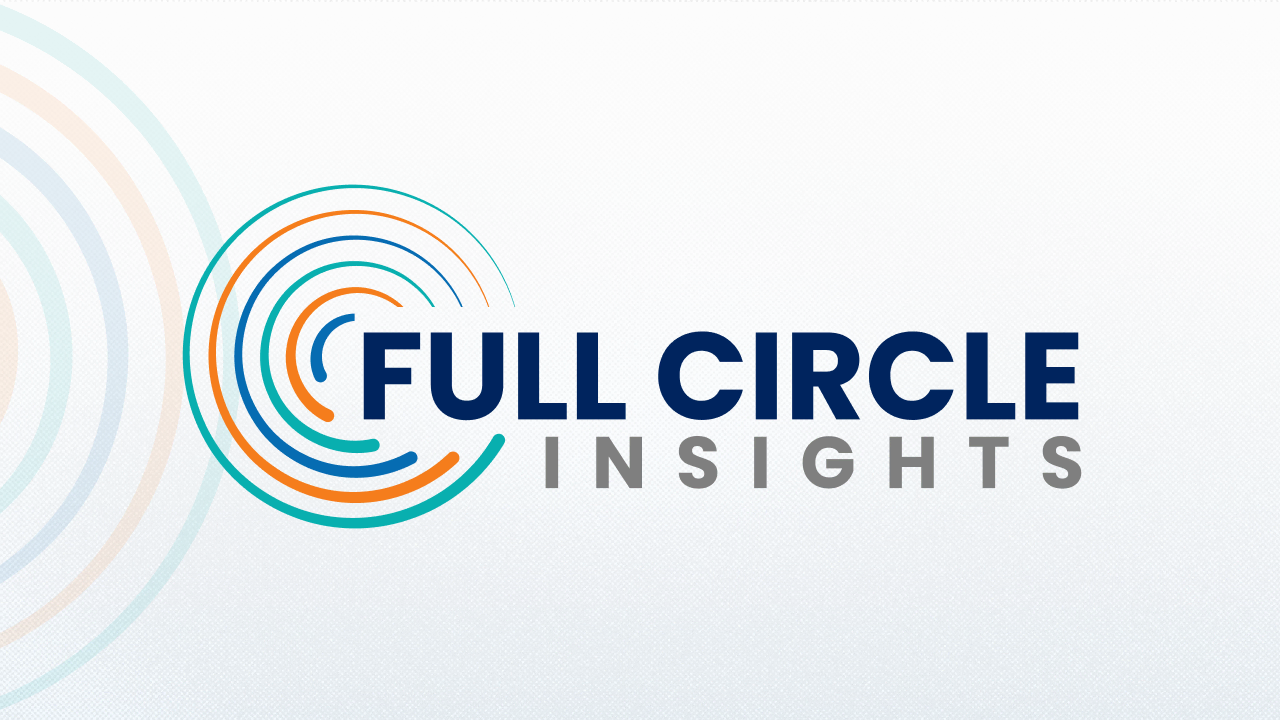Turn Customer Journey Data into Actionable Marketing Strategies


Turn Customer Journey Data into Actionable Marketing Strategies
Marketing is more data-driven than ever, but here’s the challenge. Most marketers are collecting customer journey data. But very few are using it to actually shape strategy. Let that sink in.
You have dashboards, UTM tracking, campaign reports, and CRM data at your fingertips. But unless those insights are fueling smarter decisions, it’s just noise.
In this blog, we’re exploring how to turn customer journey data into real strategic action so you can improve performance, boost conversions, and drive revenue.
Why Customer Journey Data Matters
Modern marketing is no longer a linear path from ad to form fill to close. Instead, it’s a complex journey with dozens of potential touchpoints:
- A first click on a Google Ad
- A blog read weeks before conversion
- A social media follow
- A webinar registration followed by weeks of silence
- A product page visit right before requesting a demo
Every one of these interactions conveys a narrative. However, if your team isn't documenting and examining them, you probably are putting too much effort into channels with minimal impact. You may be incorrectly assessing what truly drives your pipeline and overlooking important indicators of intent.
Customer Journey data gives you a way to see what’s really working, and just as importantly what’s not.
Step 1: Capture the Complete Journey (Not Just the Conversion Point)
A lot of marketers still fall into the trap of only tracking what happens after a lead fills out a form. The truth is, most of the customer journey happens before that moment.
To take action on your journey data, you first need to make sure you’re capturing:
- Anonymous website visits
- Ad clicks that didn’t immediately convert
- Blog and content engagement
- Social and referral traffic
- Campaign responses in Salesforce
If you’re not logging pre-funnel activity, your data is already incomplete and your strategy will be, too.
Solution: Implement a platform like Digital Source Tracker to log these early interactions and connect them to downstream outcomes.
Step 2: Identify Patterns That Predict Conversion
Once you’re capturing the full journey, look for recurring patterns that indicate a lead is moving toward becoming an opportunity.
Examples might include:
- Leads who view a pricing page within a week of downloading a whitepaper
- Prospects who engage with three or more blog posts before requesting a demo
- Accounts that respond to a retargeting campaign and return organically
These patterns reveal what’s actually moving prospects forward in their journey, and that’s where your strategy should focus.
Ask yourself: What does a high-converting journey usually look like? Which content or channels appear most often before a lead moves to sales? Are there signals that reliably show buying intent?
Step 3: Adjust Campaigns Based on What Works
Once you know which behaviors lead to conversions, you can start reshaping your campaigns to amplify those results.
This might look like:
- Focus and prioritize high-performing content (and retiring underperformers)
- Retargeting based on early intent signals, not just site visits
- Aligning CTAs and nurture emails to match the common paths your best leads take
The key is to build campaigns based on the real journey your customers are taking, not just what you assumed they would do.
Step 4: Share Journey Insights with Sales for Better Follow-Up
Journey data isn’t just for marketing, it’s also a goldmine for sales teams.
When SDRs and AEs can see what content a lead interacted with, which campaigns they came from, and how engaged they’ve been over time, they can:
- Tailor their outreach based on actual behavior
- Prioritize leads showing the strongest intent
- Reference recent touchpoints in follow-ups to make them more relevant
This level of insight transforms cold outreach into personalized conversation starters.
If your sales team is working in the dark, it’s time to bring them into the customer journey conversation.
Step 5: Optimize Spend Based on Real Pipeline Influence
At the end of the day, journey data should drive budget decisions.
- Which channels bring in high-fit leads?
- Which touchpoints actually influence opportunities?
- What tactics are getting engagement but not moving deals forward?
Journey analytics allows you to shift marketing spend away from low-impact channels and reinvest in efforts that consistently show up in high-converting journeys.
No more guesswork. No more vanity metrics. Just marketing that delivers real results.
Strategy Starts with Visibility
You don’t need more data. You need the right data, clearly connected to revenue, and woven into every decision your team makes. And most importantly, in one source of truth like a CRM like Salesforce.
Full Circle’s Customer Journey Tracking goes beyond simply helping you understand past events; it effectively tracks and visualizes the journey from lead to closed-won. Our tool fosters a more communicative, data-driven culture by uniting teams in a single central location like Salesforce, allowing everyone to focus on tactics that drive revenue.
Ready to uncover the full customer journey?